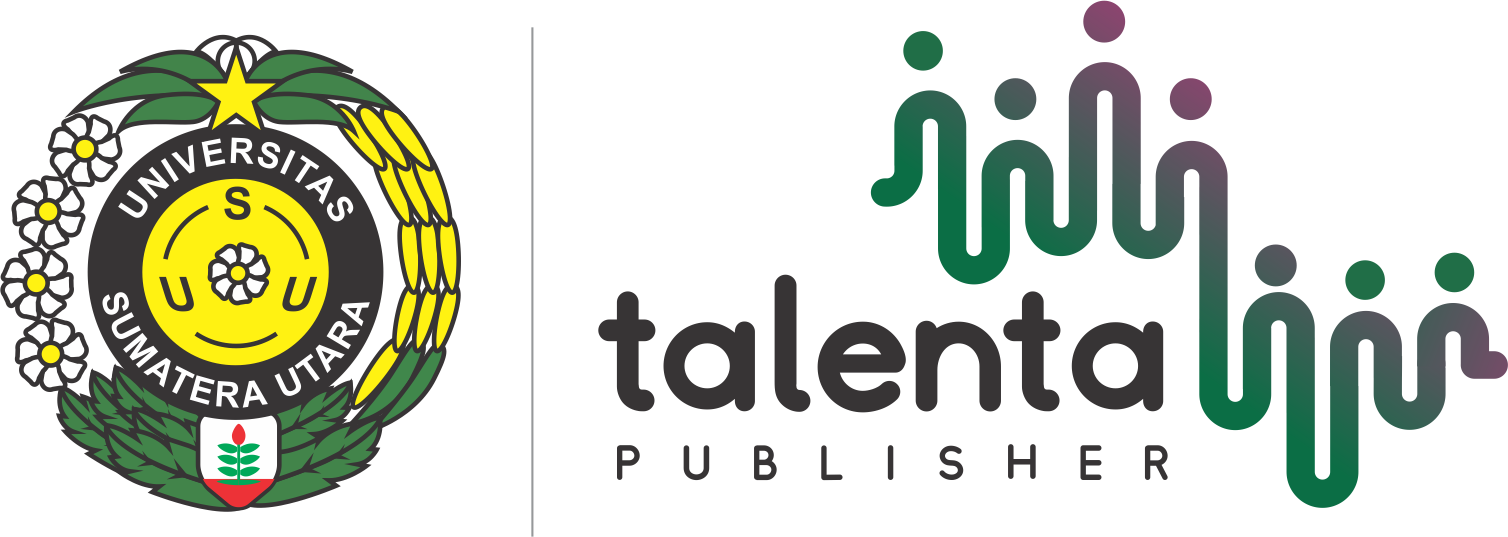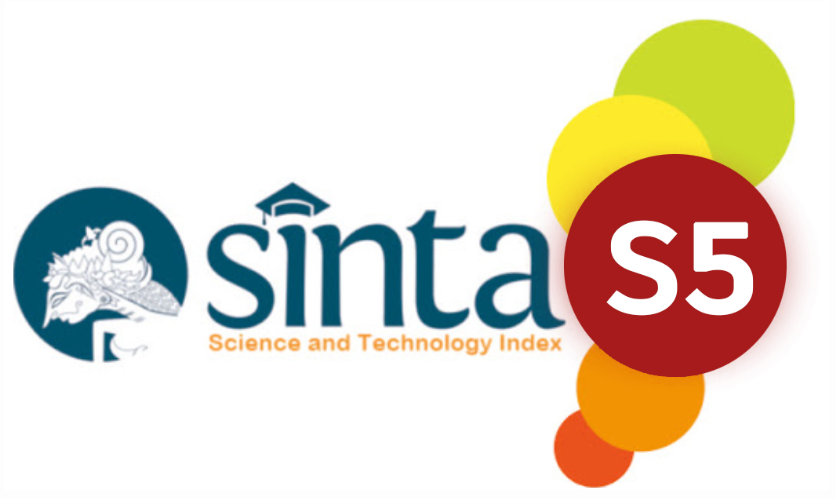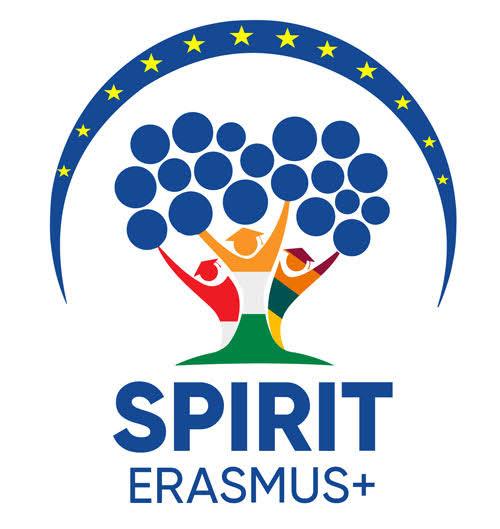Cerebral Toxoplasmosis and Latent Tuberculosis Infection in HIV Infected Patient
DOI:
https://doi.org/10.32734/sumej.v7i2.11843Keywords:
cerebral toxoplasmosis, empirical therapy, hiv infection, immunodeficiencyAbstract
Background: Toxoplasmosis is an opportunistic infection caused by Toxopasma gondii, which affects one third of the global human population and commonly involves the central nervous system (CNS)/brain. The diagnosis of obvious sign of imaging method cerebral toxoplasmosis is commonly reported in several case report, but subclinical sign of imaging is uncommon reported. Objective: we reported a case of 28-years-old male with chief complaint headache that worsening since 3 days before admission. Methods: This is a case report. Results: He was first recognized as HIV infected patient on hospital admission. CT scan revealed minimal perifocal oedema in left frontal region. Patient was diagnosed as cerebral toxoplasmosis and latent tuberculosis infection in HIV clinical stadium IV. Patient recieved empirical therapy of cerebral toxoplasmosis and symptom relieved after 7 days of treatment. Cerebral toxoplasmosisis typically associated with HIV infected patient that result in the reactivation of Toxoplasma gondii infection. Conclusions: Clinical presentation of CNS toxoplasmosis varies and normal brain CT can be found despited presumptive diagnosis was revealed.
Downloads
References
Fauci AS, Lane HC. Human immunodeficiency virus disease: AIDS and related disorders. In: Kasper DL, Fauci AS, Longo DL, Braunwald E, Hause SL, Jameson JL, editors. Harrison’s Principles of Internal Medicine. 17th ed. New York: McGraw-Hill; 2010. p. 115-8.
Zawadzki R, Modzelewski S, Naumowicz M, Matyja AM, Urbaniak AD, Zajkowska J, et al. Evaluation of imaging methods in cerebral toxoplasmosis. Pol J Radiol. 2023;88:e389-98.
Vial JE. HIV-related cerebral toxoplasmosis revisited: current concepts and controversies of an old disease. J Int Assoc Provid AIDS Care. 2019;18:1-20.
Prandota J. Recurrent headache as the main symptom of acquired cerebral toxoplasmosis in nonhuman immunodeficiency virus infected subjects with no lymphadenopathy. Am J Ther. 2007;14:63-106.
Graham AK, Fong C, Naqvi A, Giang J. Toxoplasmosis of the central nervous system: manifestations vary with immune response. J Neurol Sci. 2020;11:1-13.
Harrison WT, Hulette C. Cerebral toxoplasmosis: a case report with correlation of radiographic imaging, surgical pathology, and autopsy findings. 2017;495-501.
Vidal JE. HIV-related cerebral toxoplasmosis revisited: current concepts and controversies of an old disease. J Int Assoc Provid AIDS Care. 2019;18:1-20.
Pawl T, Chaisson RE, Hopewell PC. Latent tuberculosis infection and HIV: advances and challenges in diagnosis and treatment. Lancet Infect Dis. 2019;19(3):e113-22.
Kelly J, Yousuf T, Mwaba P, Zumla A. Cerebral tuberculosis and cerebral toxoplasmosis in HIV-infected patients: clinical presentation, diagnosis, and management. Lancet Neurol. 2009;8(12):1150-8.
World Health Organization. Latent tuberculosis infection: updated and consolidated guidelines for programmatic management. Geneva: WHO Press; 2018.
Porter SB, Sande MA. Toxoplasmosis of the central nervous system in the acquired immunodeficiency syndrome. N Engl J Med. 1992;327(23):1643-8.
Downloads
Published
How to Cite
Issue
Section
License
Copyright (c) 2024 Sumatera Medical Journal

This work is licensed under a Creative Commons Attribution-ShareAlike 4.0 International License.
The Authors submitting a manuscript do so on the understanding that if accepted for publication, copyright of the article shall be assigned to Sumatera Medical Journal (SUMEJ) and Faculty of Medicine as well as TALENTA Publisher Universitas Sumatera Utara as publisher of the journal.
Copyright encompasses exclusive rights to reproduce and deliver the article in all form and media. The reproduction of any part of this journal, its storage in databases and its transmission by any form or media, will be allowed only with a written permission from Sumatera Medical Journal (SUMEJ).
The Copyright Transfer Form can be downloaded here.
The copyright form should be signed originally and sent to the Editorial Office in the form of original mail or scanned document.











